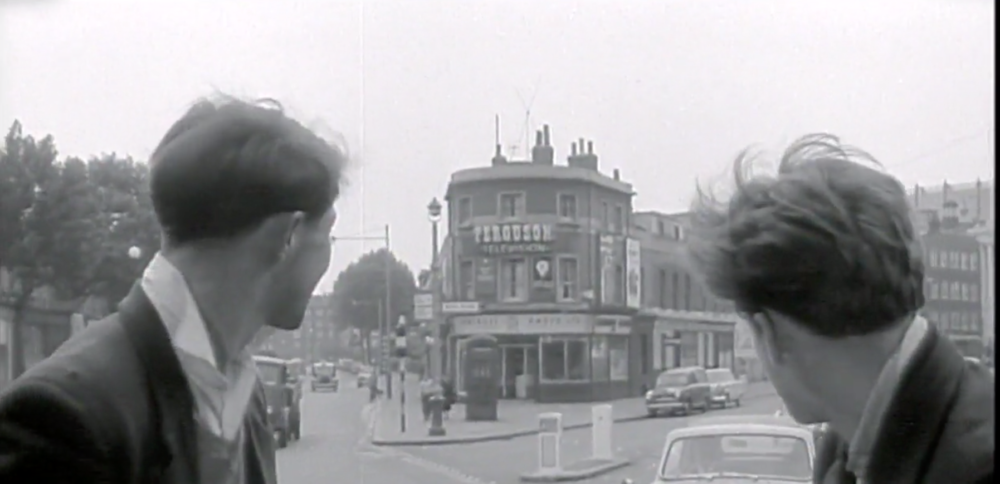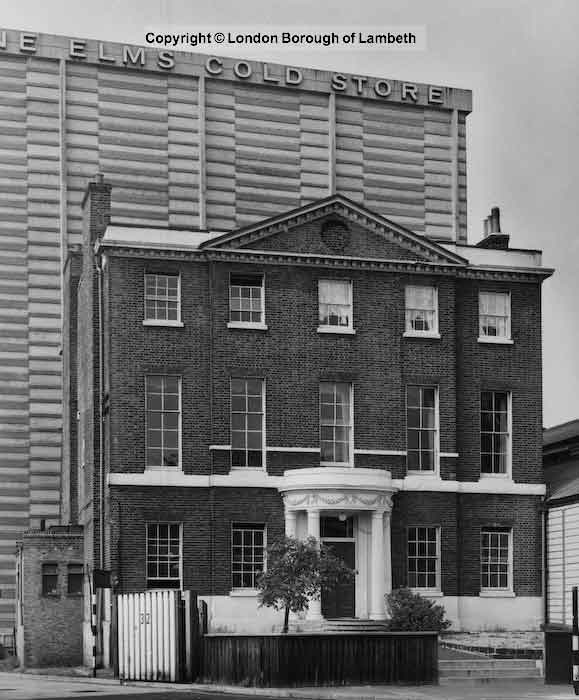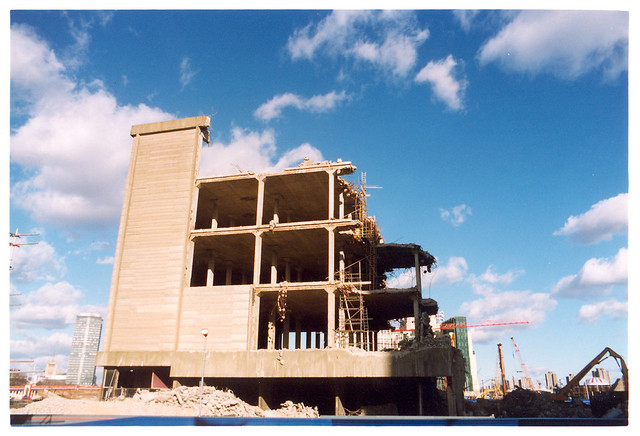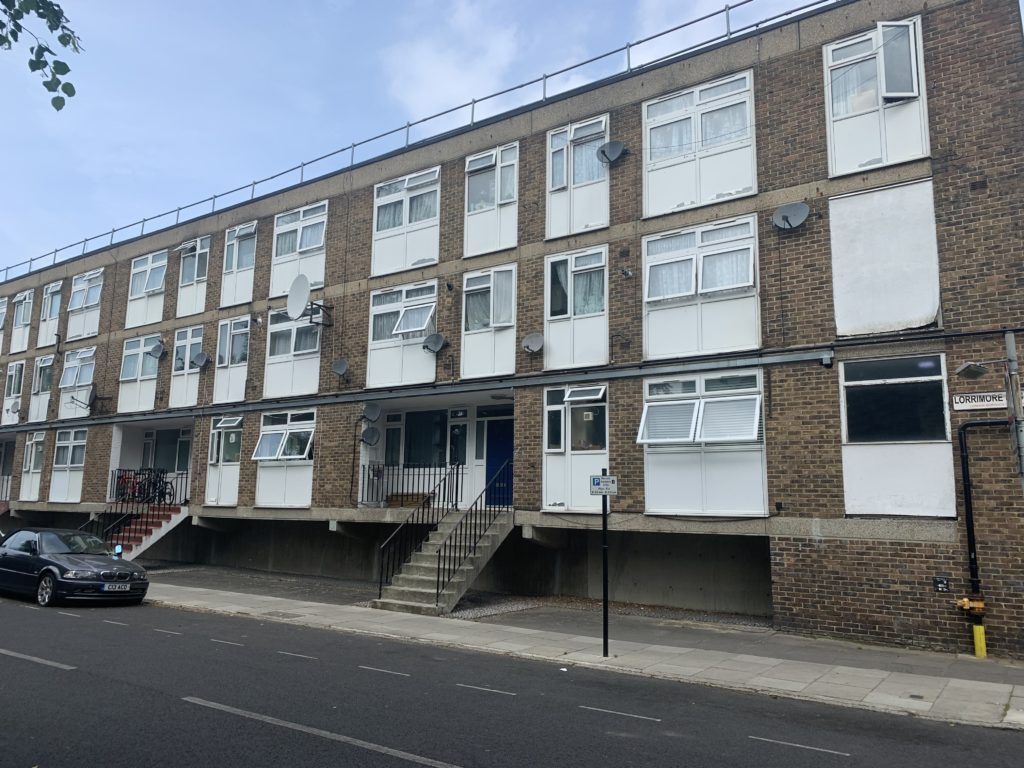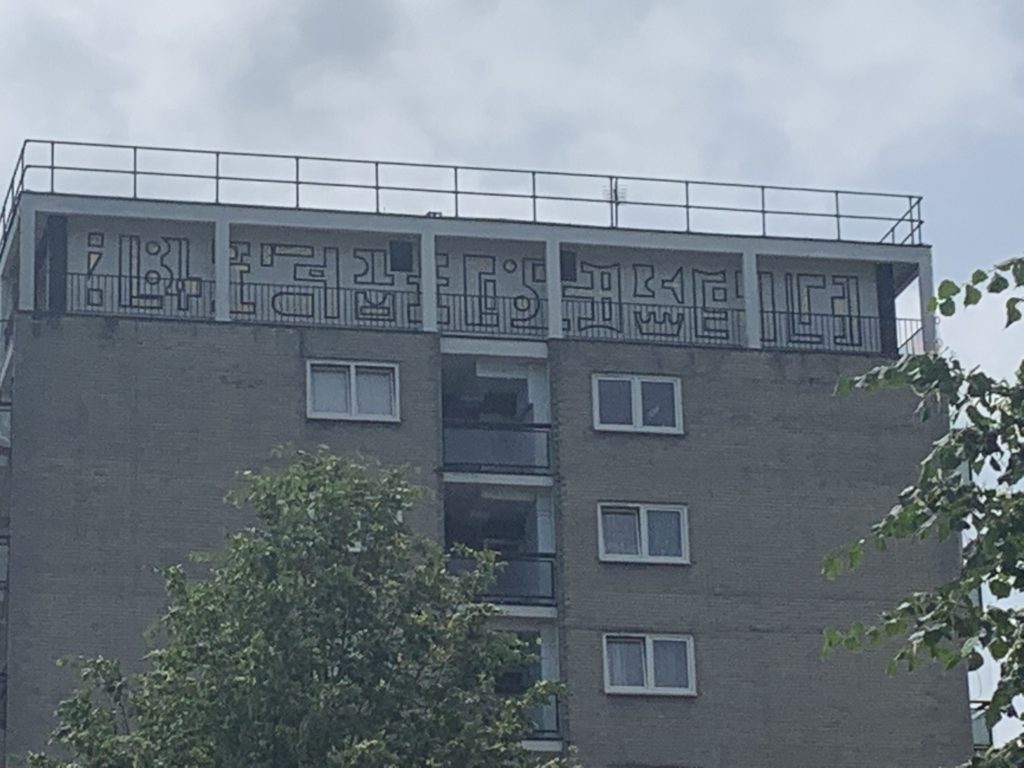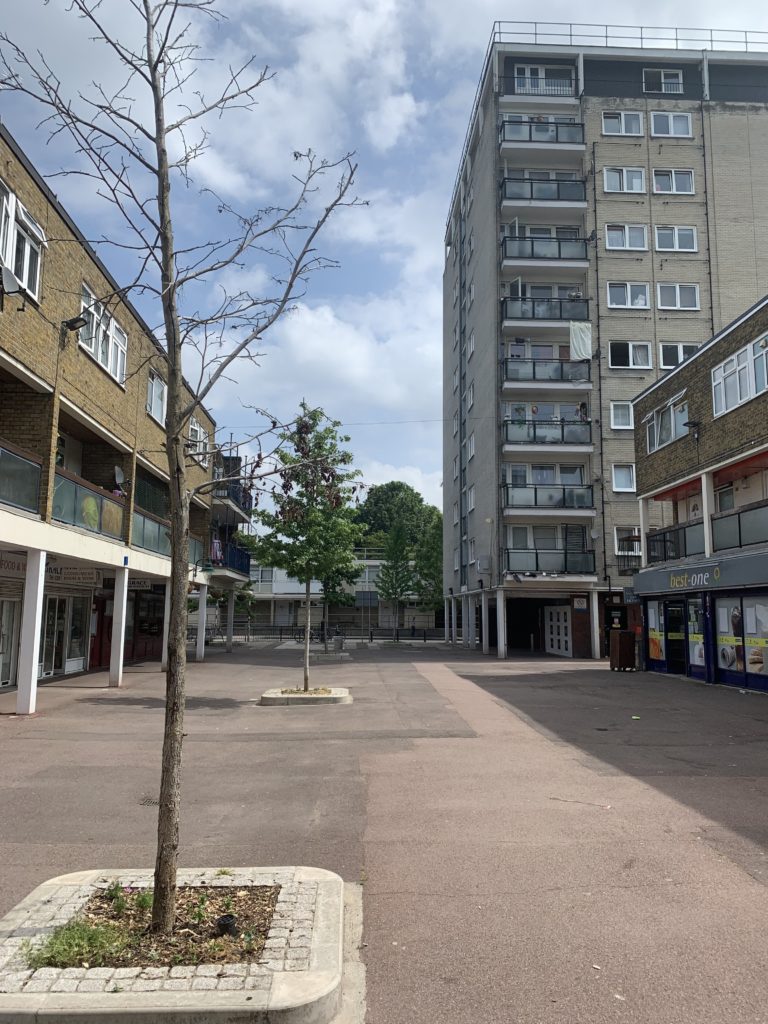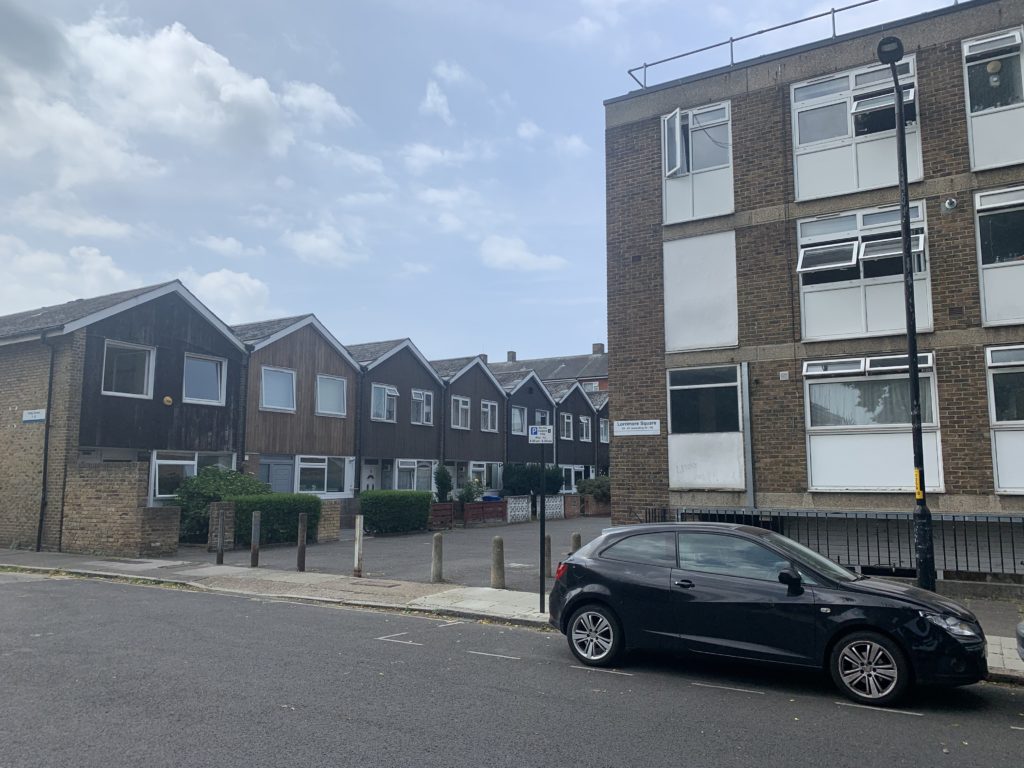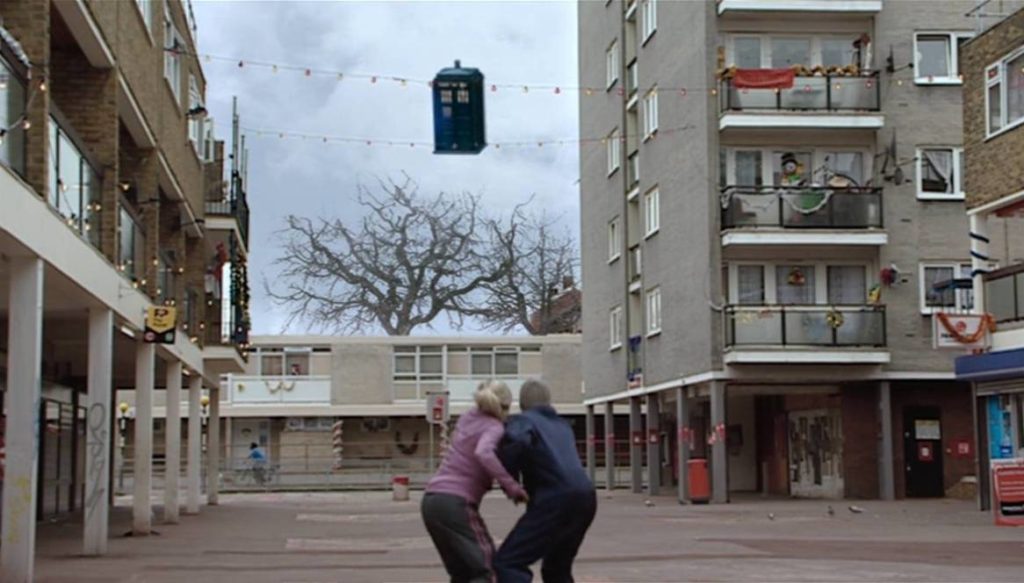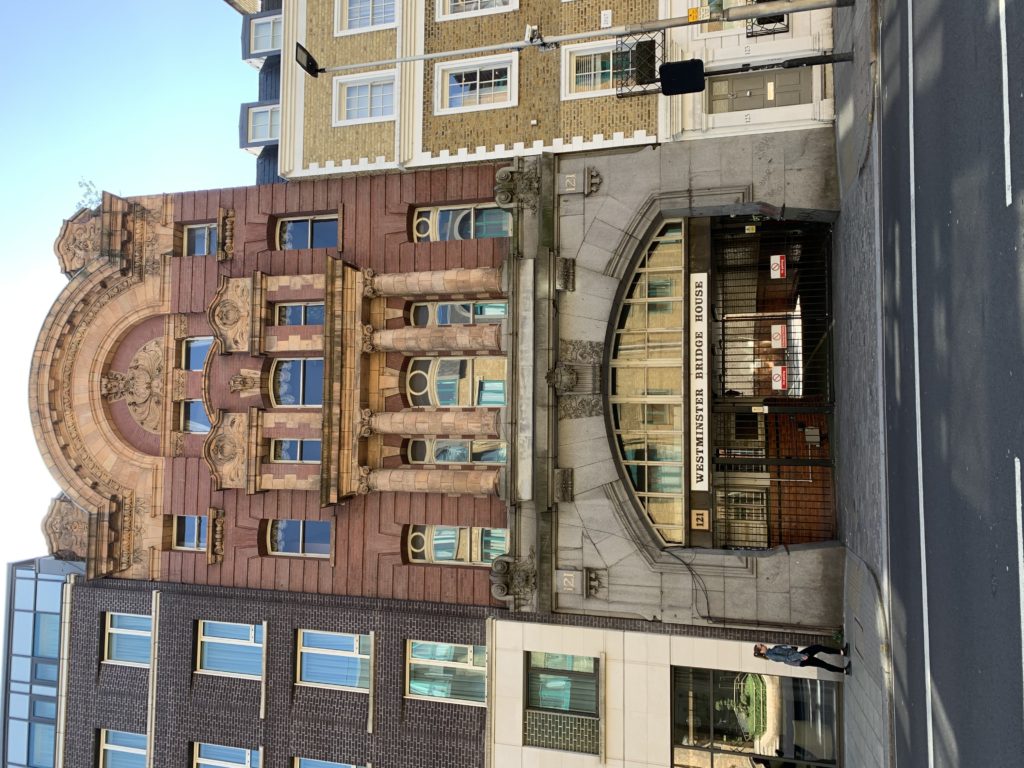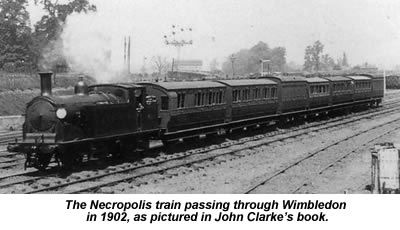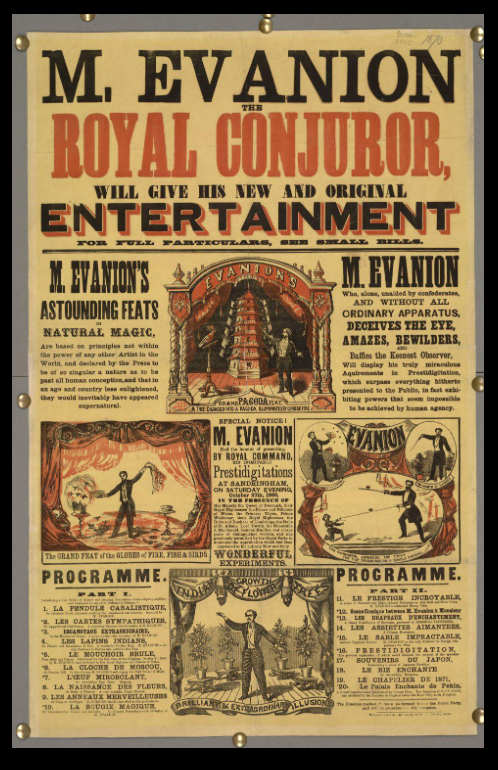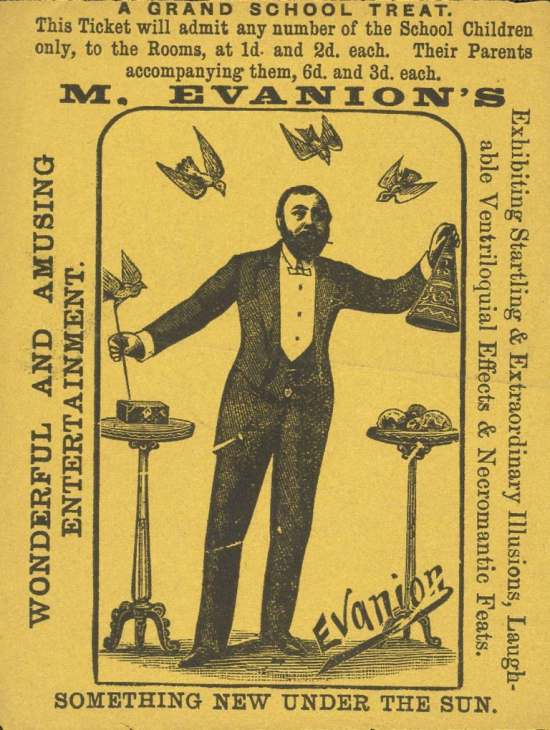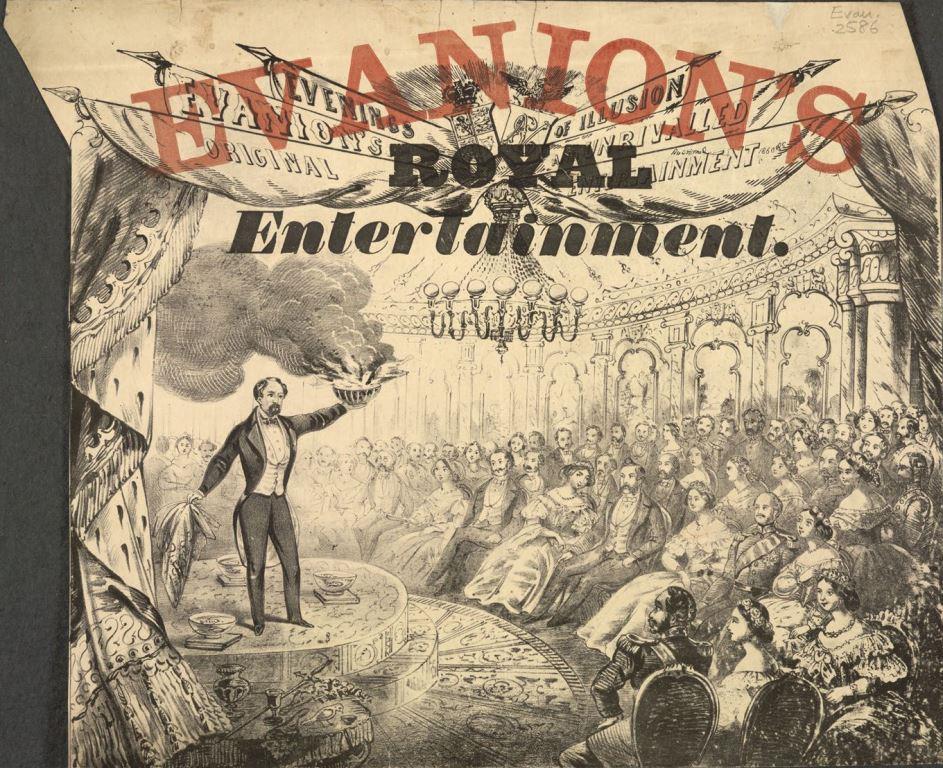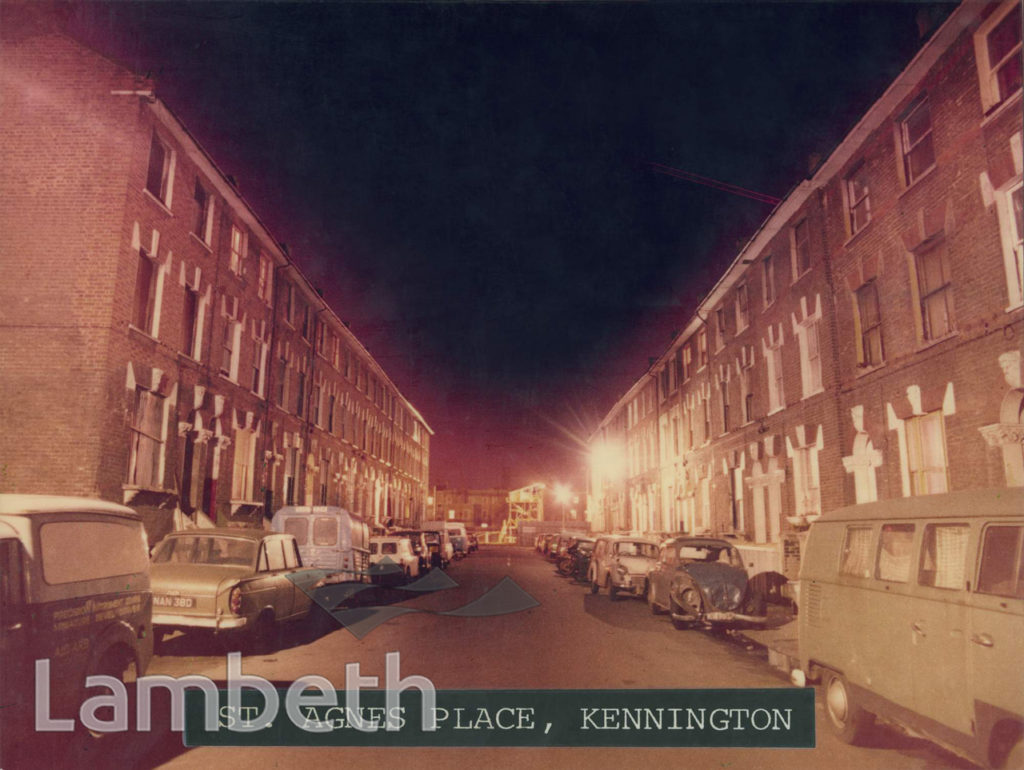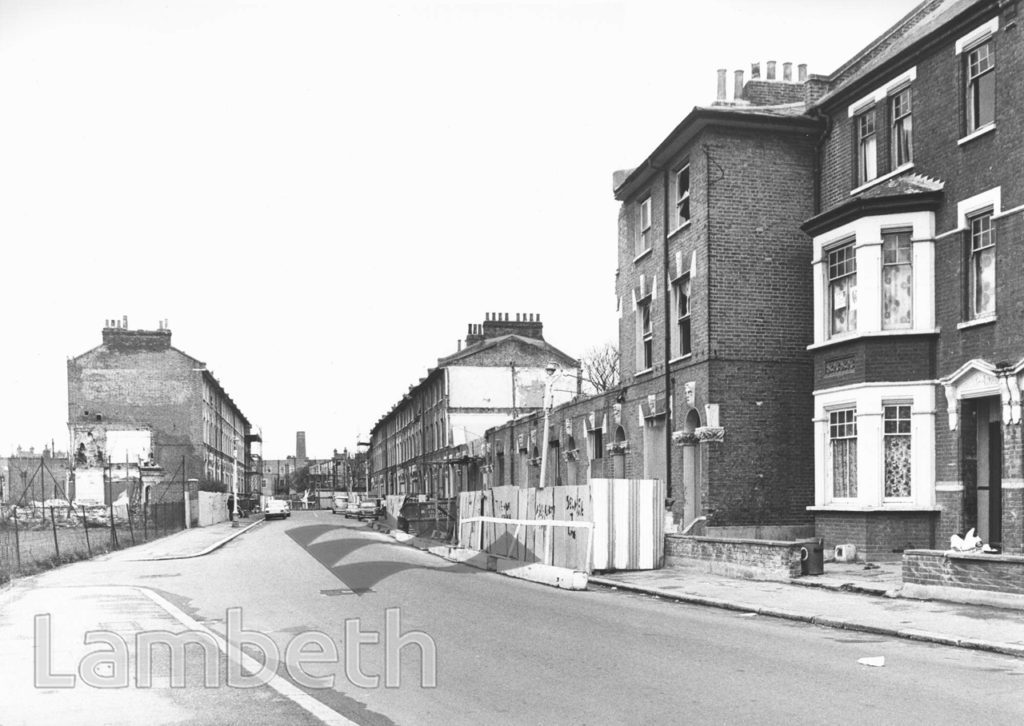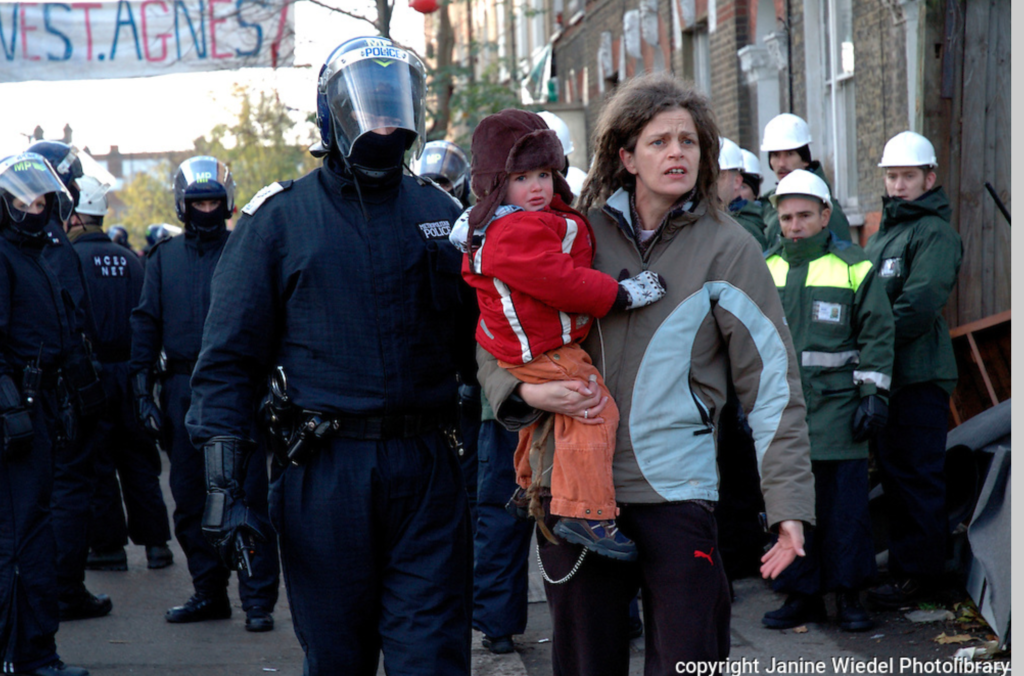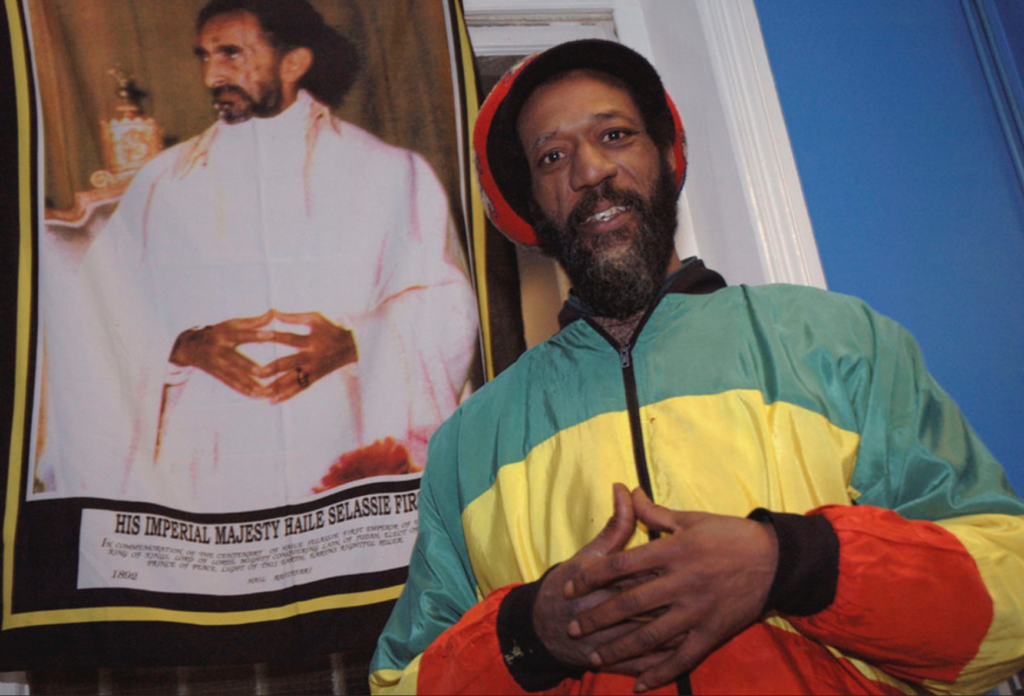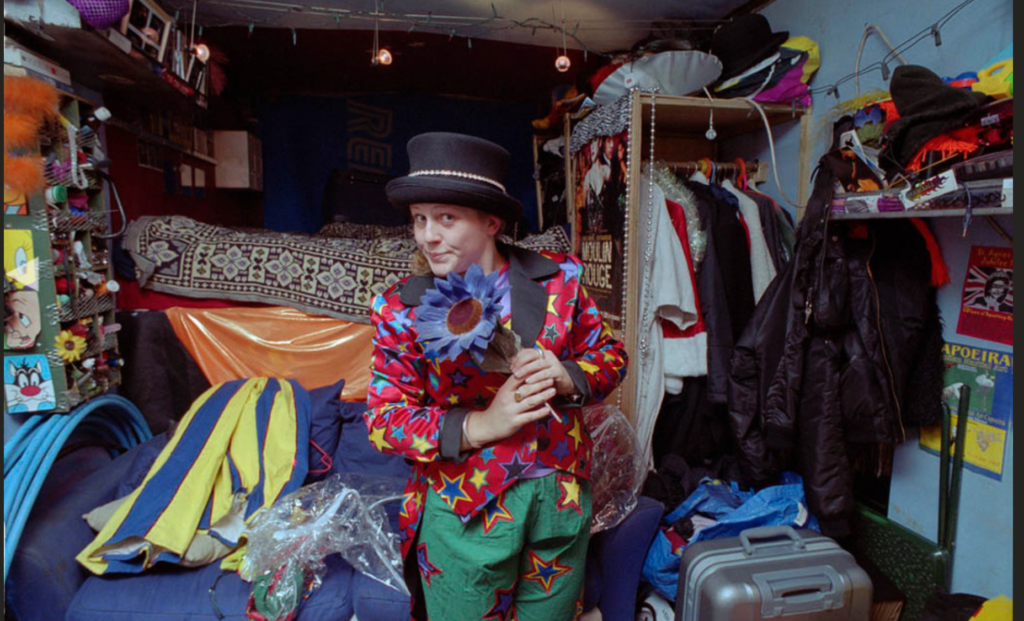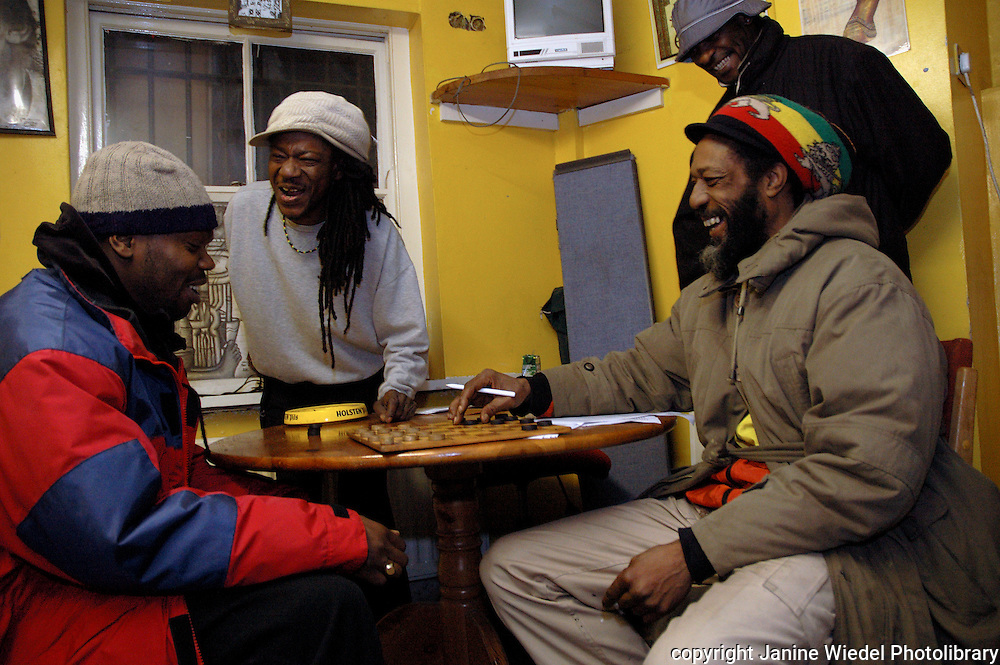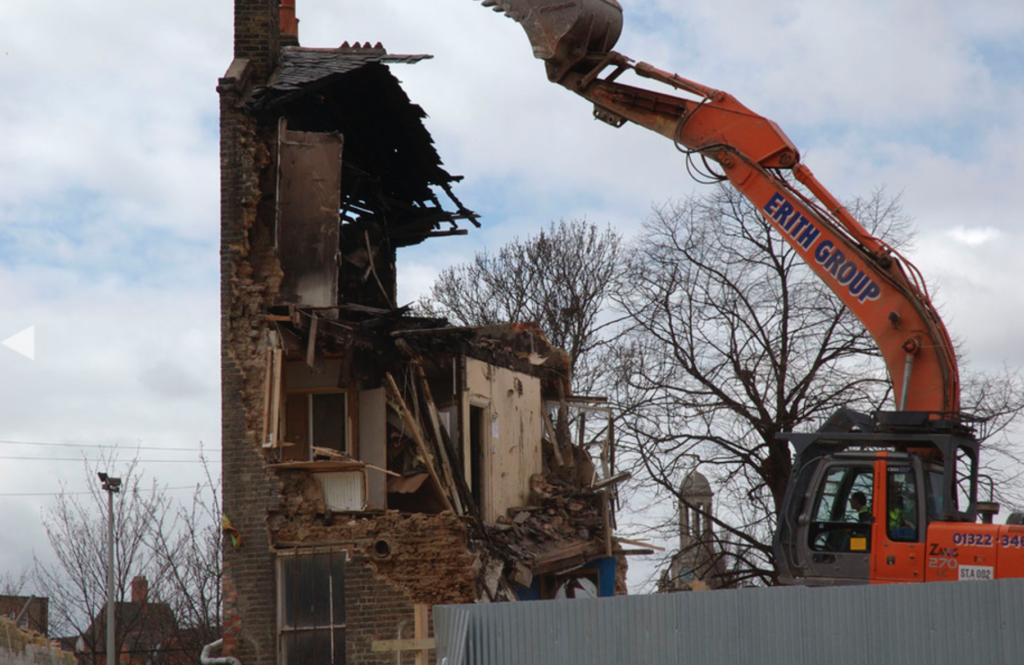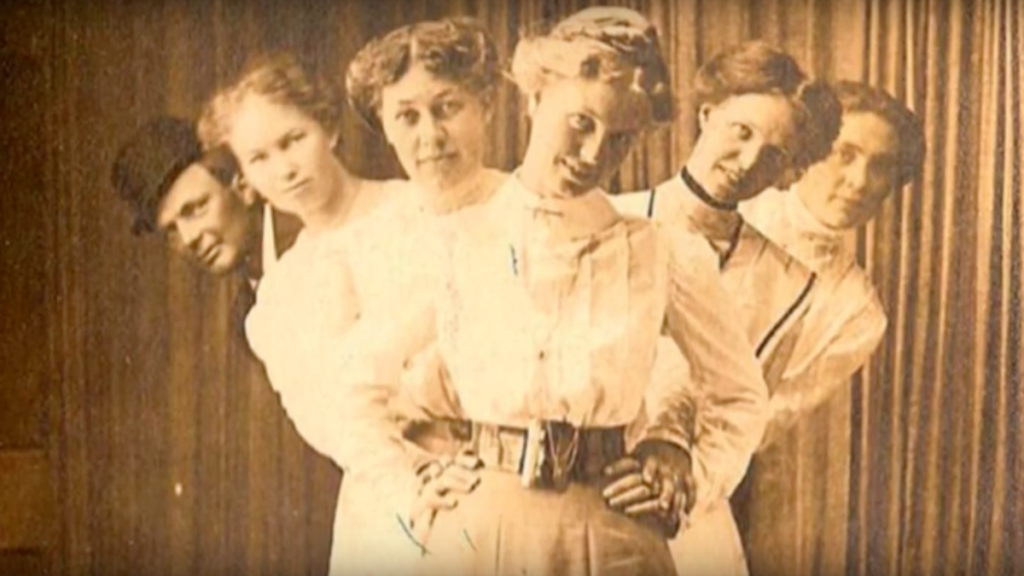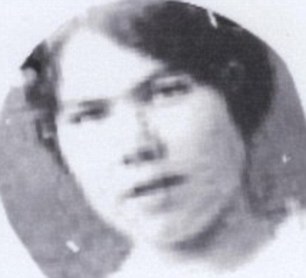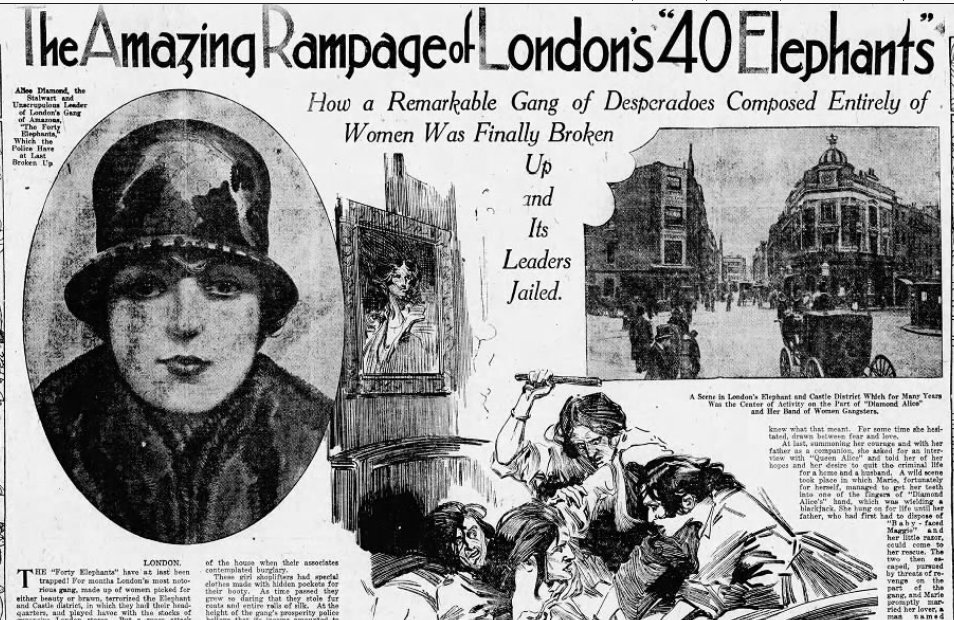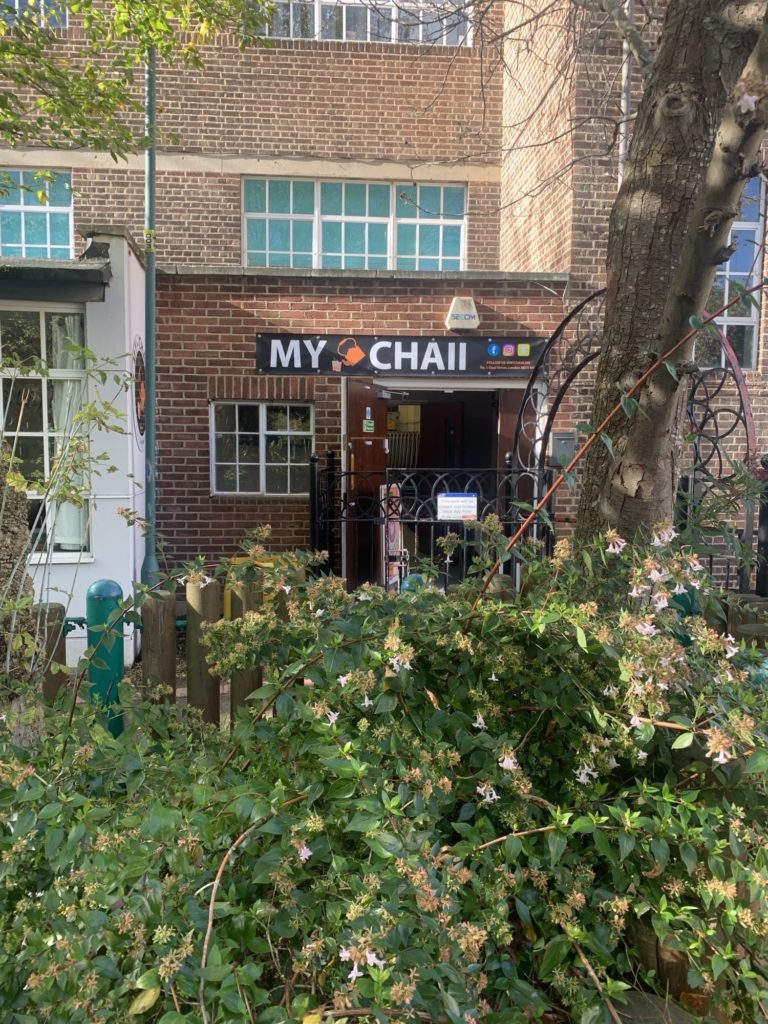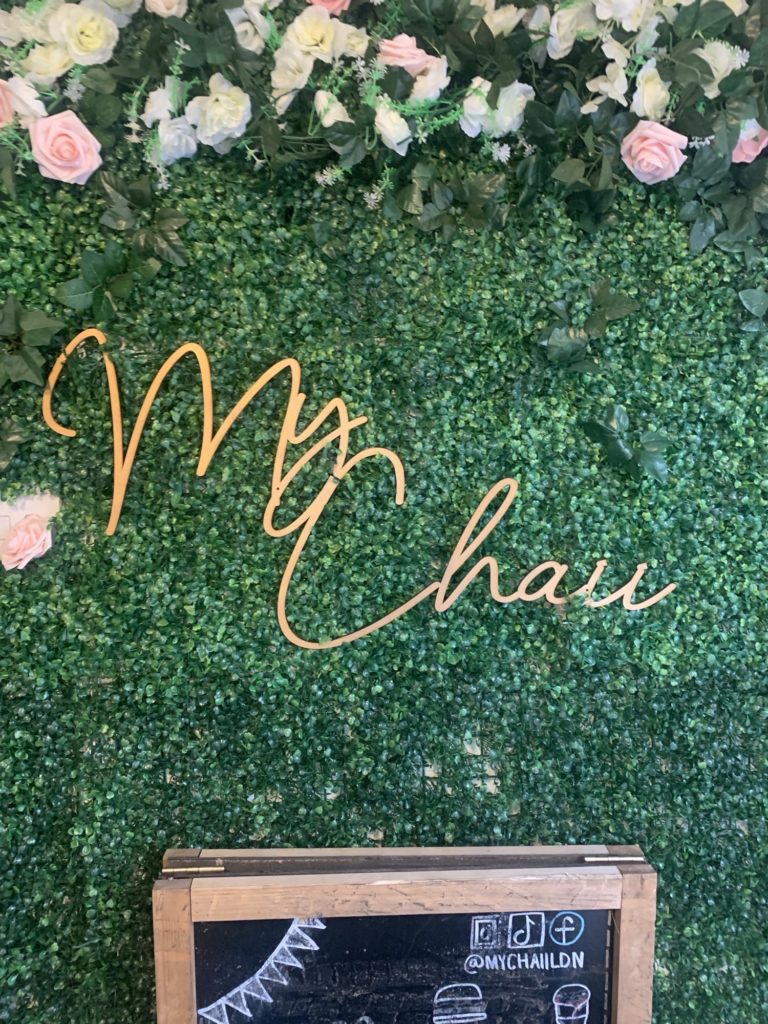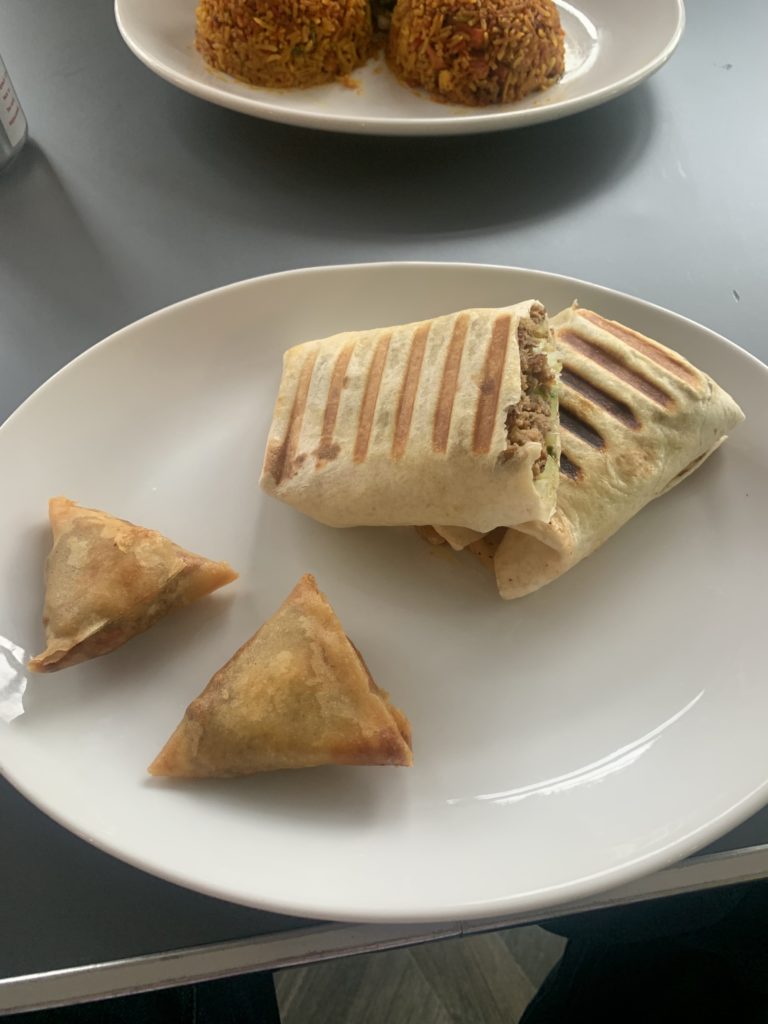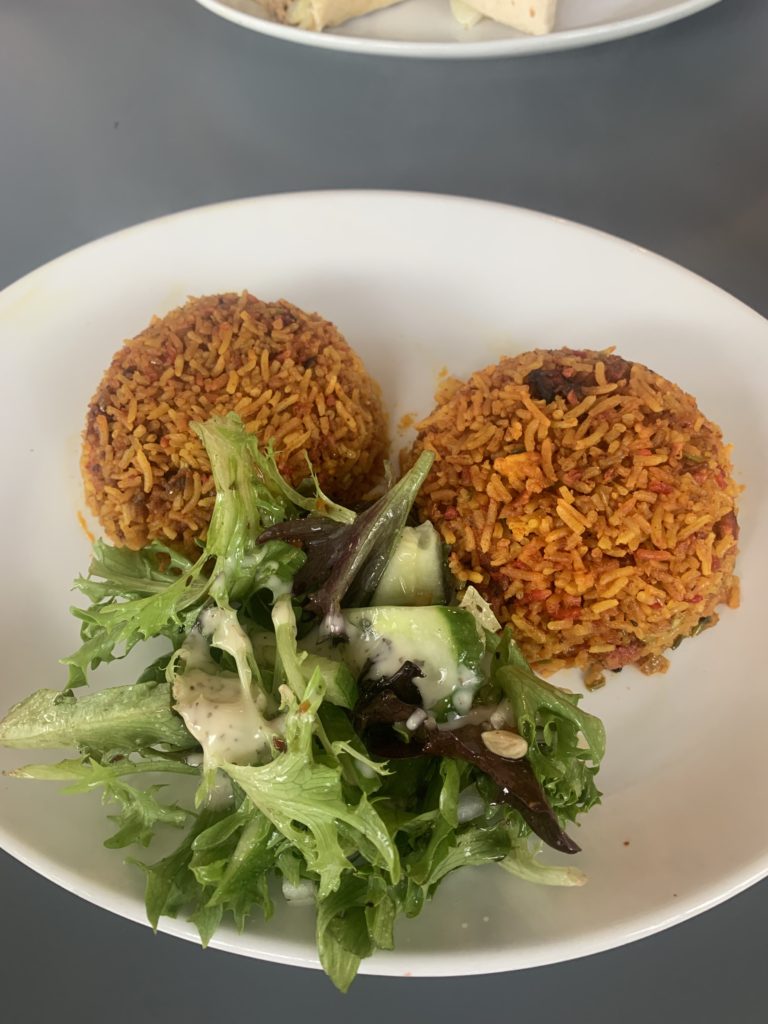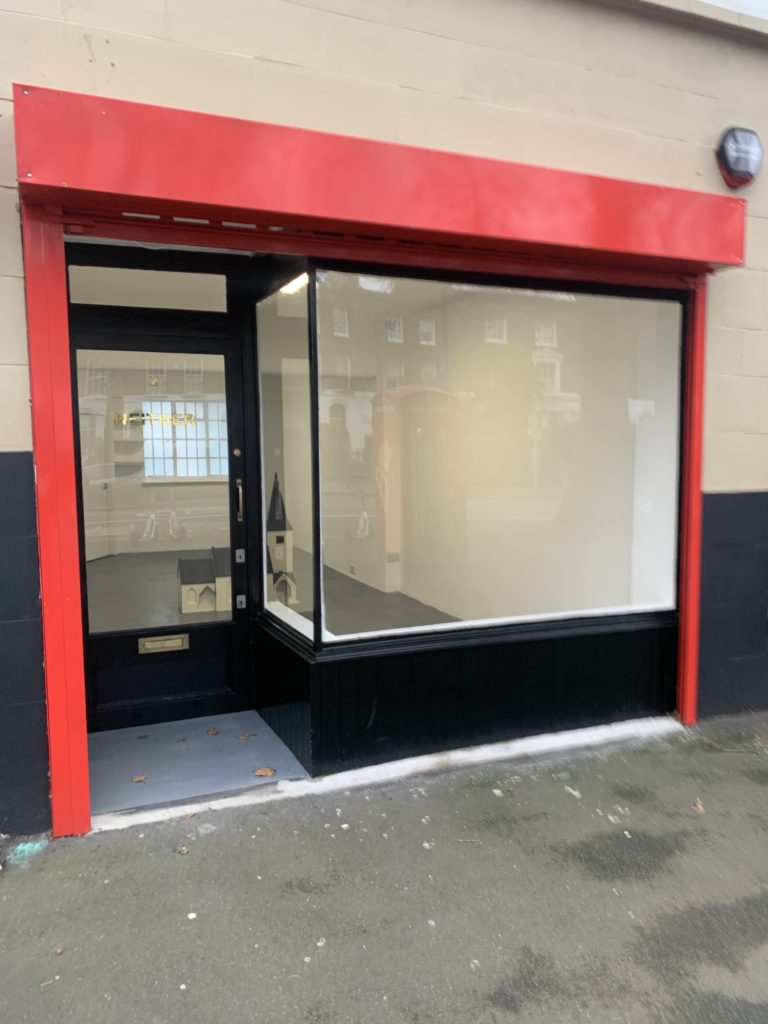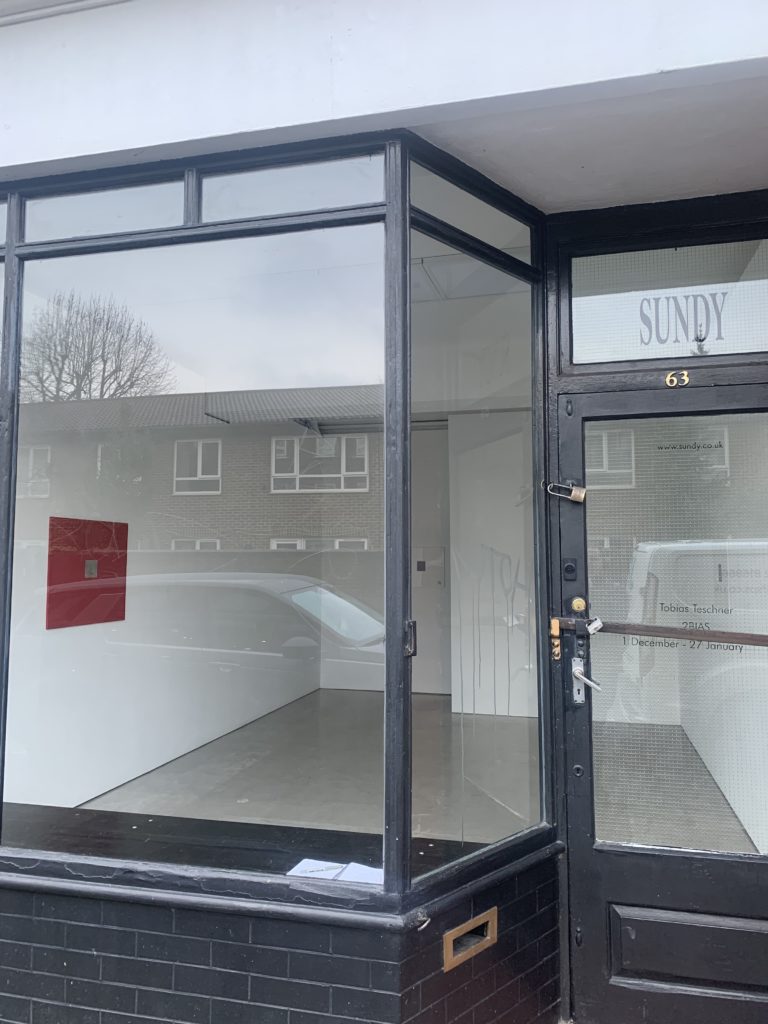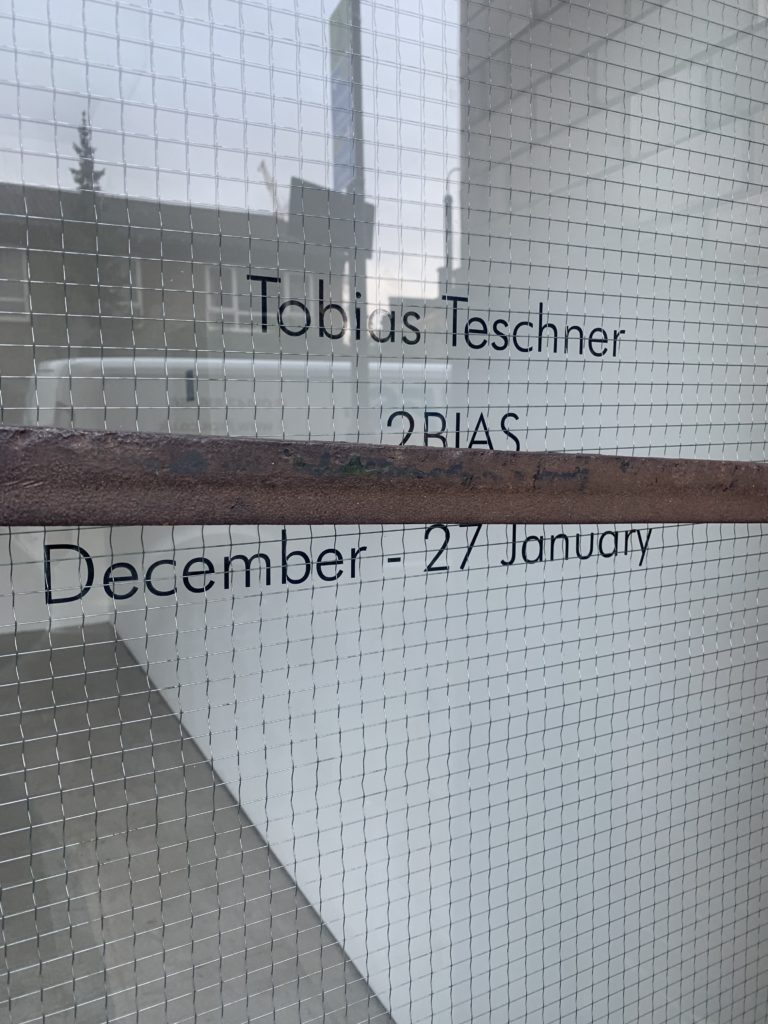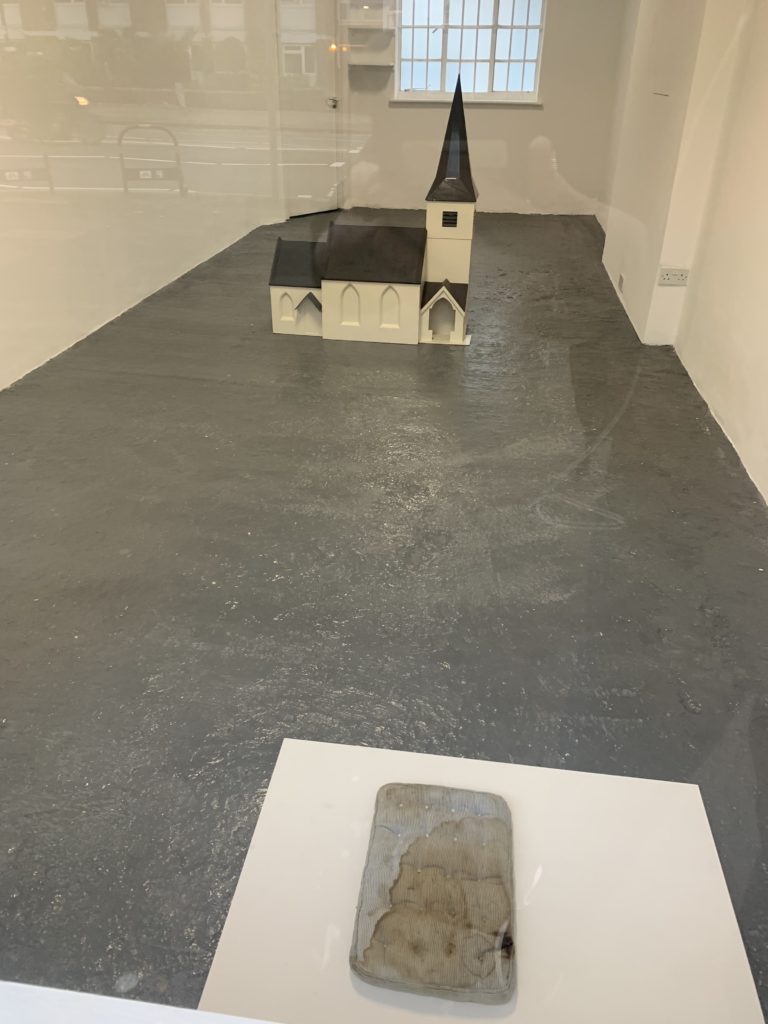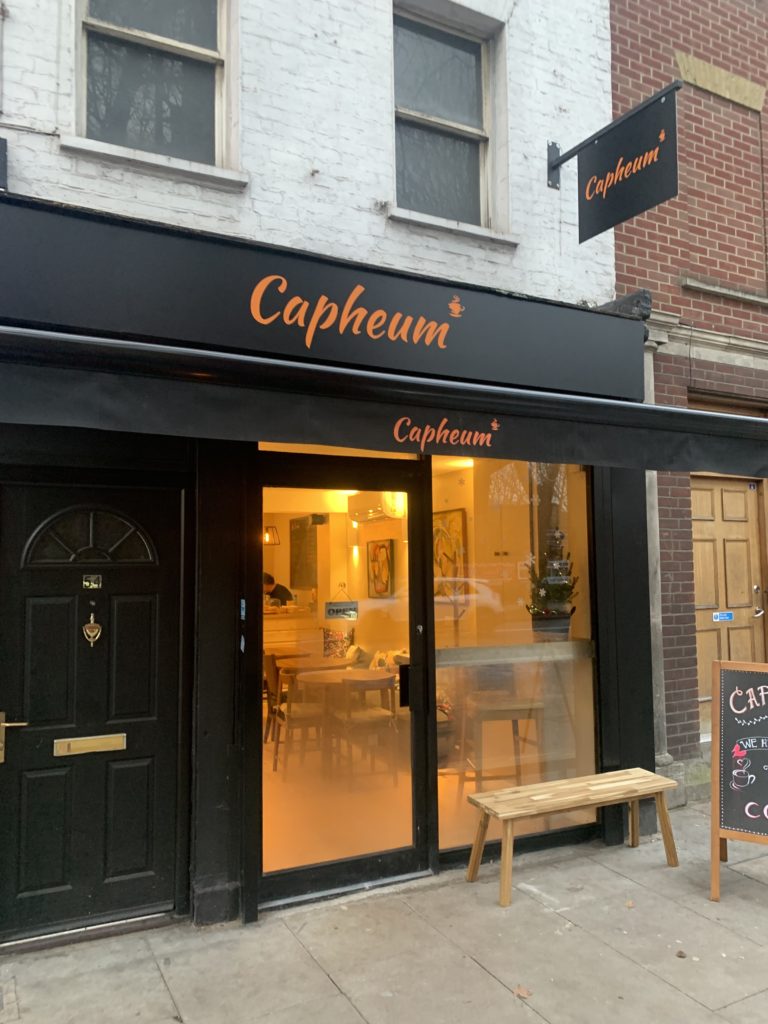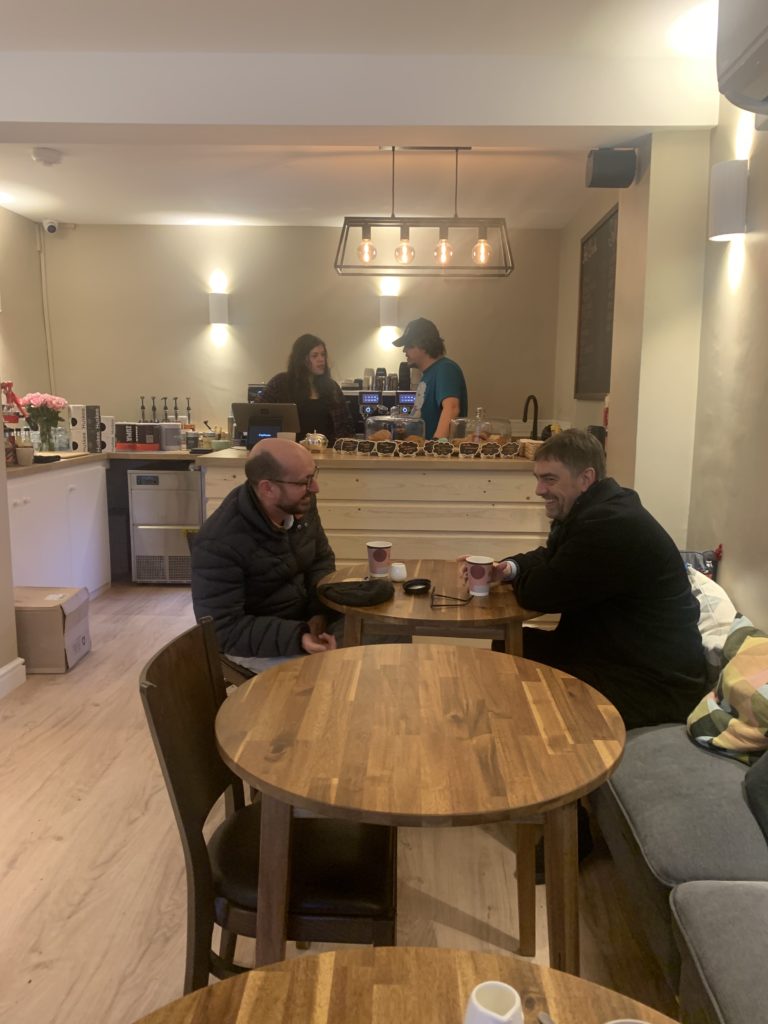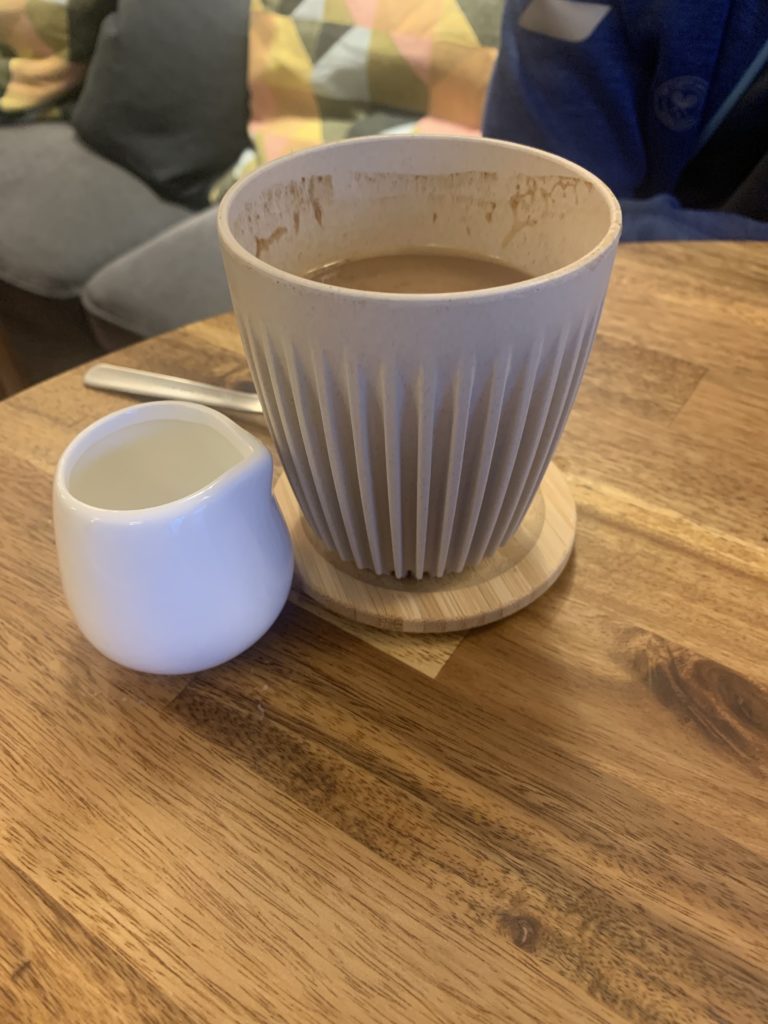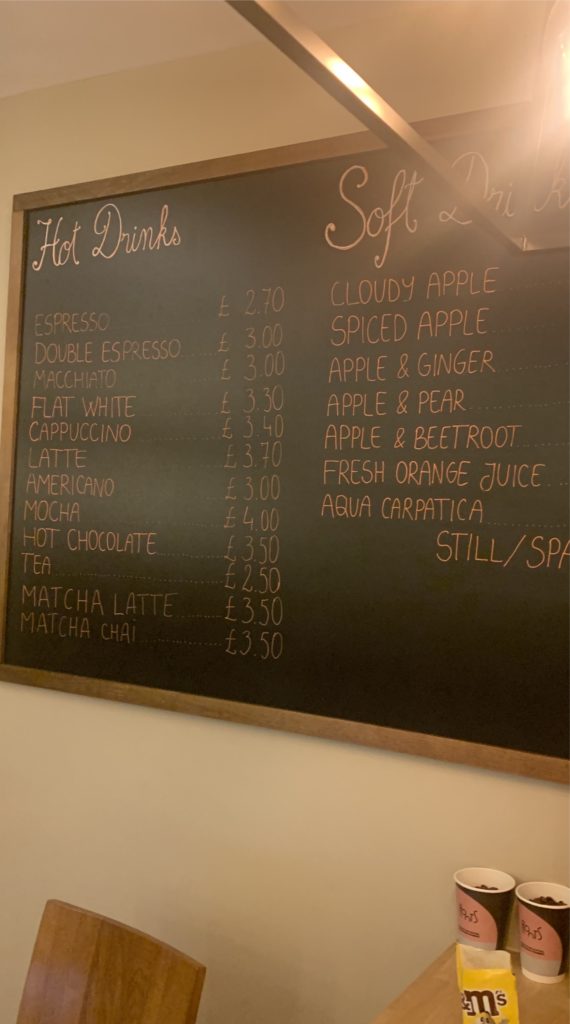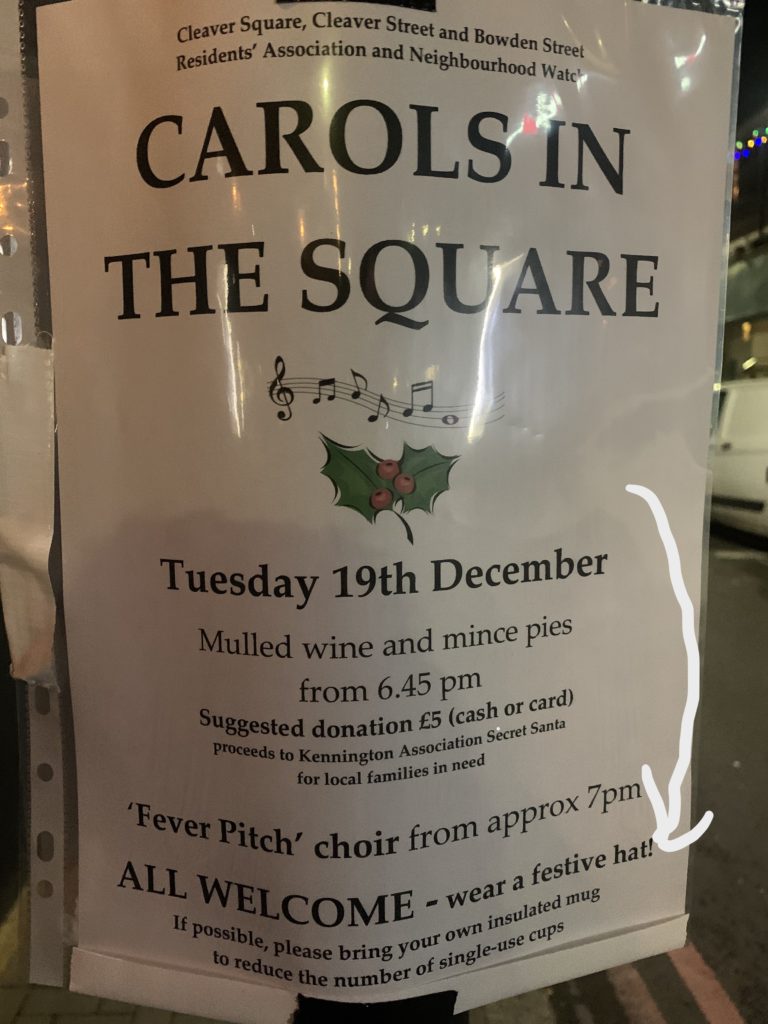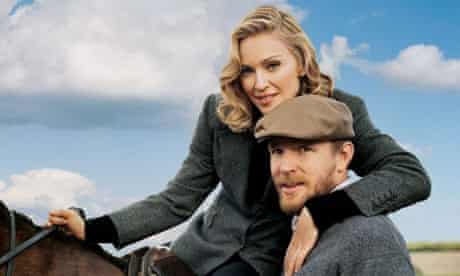From the 2022 archives, the sixth and final of best of history posts!
When you woke this morning you probably weren’t thinking ‘you know what, what I really NEED today is to read about a cold storage facility’. But as we’ve seen in the past two years, life is full of unexpected antics. Some of the more mature residents of Greater Kennington might recall that for 35 years (1964-1999) the monolithic Nine Elms Cold Storage facility dominated the Vauxhall skyline, located exactly where the round St. George Wharf tower now presides, and it has a history that might just leave you shivering.
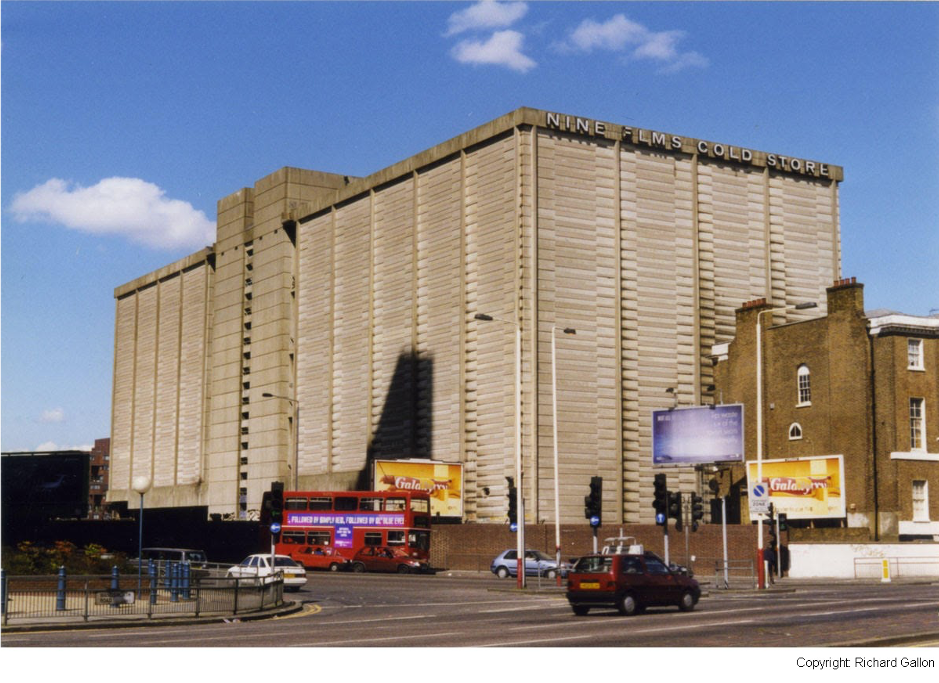
In the 1960’s Vauxhall/Nine Elms was not dominated by million pound flats and swimming pools in the sky, but by railway yards. It was a key transport terminus by rail and river, and our Cold Store was erected to provide a chilly home for meat, butter and fish. However, by the late 1970’s improvements in refrigeration and transport made the building redundant, and it became derelict after just 15 years of life. And this is when our story becomes interesting….
The people of Vauxhall are nothing if not creative, and following the closure of the Cold Store it was used illicitly as a cruising ground, a recording studio, a performance space and even a convenient spot for devil worshiping. On the cruising front, it was the place to pull if you hadn’t been lucky at the nearby Market Tavern (RIP) or Vauxhall Tavern. Guys had to negotiate a 10 foot padlocked steel gate with razor wire, but once that had been conquered one was rewarded with the world’s largest dark room (we assume not the film developing kind).
One of the abiding stories of the Cold Store is that it was used for satanic worship, or just performance artists trying out new material. In one recollection a certain ‘archbishop’ took people on tours that ended at a double bed which doubled as an altar. This must have been a wholly frightening/hilarious experience in the pitch black void that enveloped them. However, some found inspiration in the gloom and in 1990 avant garde musicians Chemical Plant (who?) used it as a recording studio and created the super spooky video with the Cold Store making a cameo below.
The question persists as to why the Cold Store evoked mystery and myth. Perhaps the darkness in such a monolithic structure allowed people to explore sides of their lives which were usually hidden. In skyscraper laden Vauxhall it seems almost unfathomable that such a derelict structure existed until almost the millennium. Perhaps the thrill of being in a structure which shouldn’t be there was an enticement.
